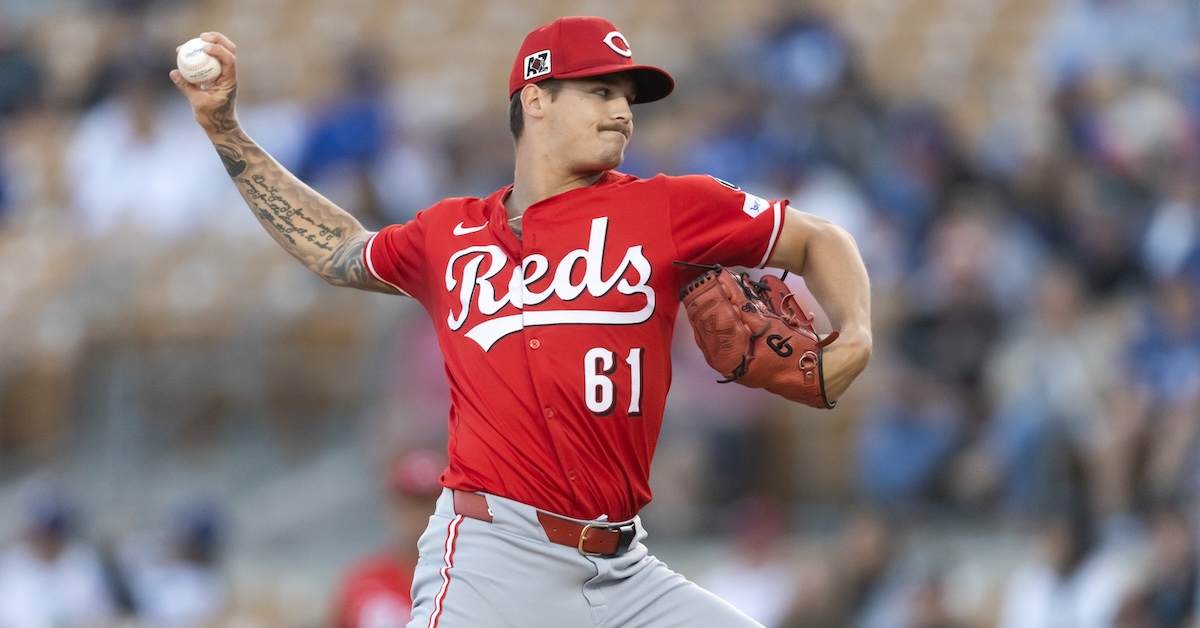Scouting Today’s Call-Ups: Chase Petty, Noah Cameron, and AJ Blubaugh

It’s not often that I take a pause from the prospect lists to write about individual call-ups, but we have three big league debuts on the docket for today, and I wanted to update readers on those pitchers, as well one other prospect-related bycatch that’s come up during the course of me working on the Reds, Guardians, and Brewers org lists.
First, let’s talk about the starting pitchers making their big league debuts today: Chase Petty of the Reds, AJ Blubaugh of the Astros, and Noah Cameron of the Royals. All of them have updated player profiles over on The Board.
Chase Petty, RHP, Cincinnati Reds (50 FV)
Petty, who touched 102 in high school, came to the Reds from Minnesota during the spring of 2022 in a trade for Sonny Gray. After missing time with an elbow issue in 2023, he had a healthy and complete 2024 season in which he worked 137 innings spent mostly at Double-A Chattanooga, many more frames than he had thrown in any year prior. Proving he could sustain big stuff across that load of innings was instrumental to his inclusion among the 2025 Top 100 Prospects. His fastball was still sitting 94-97 mph after Petty had been promoted to Louisville at the very end of last season, and he has carried that into 2025. As of his call-up, he has 27 strikeouts, nine walks, and a 1.30 WHIP in 23 innings (five starts). Read the rest of this entry »










